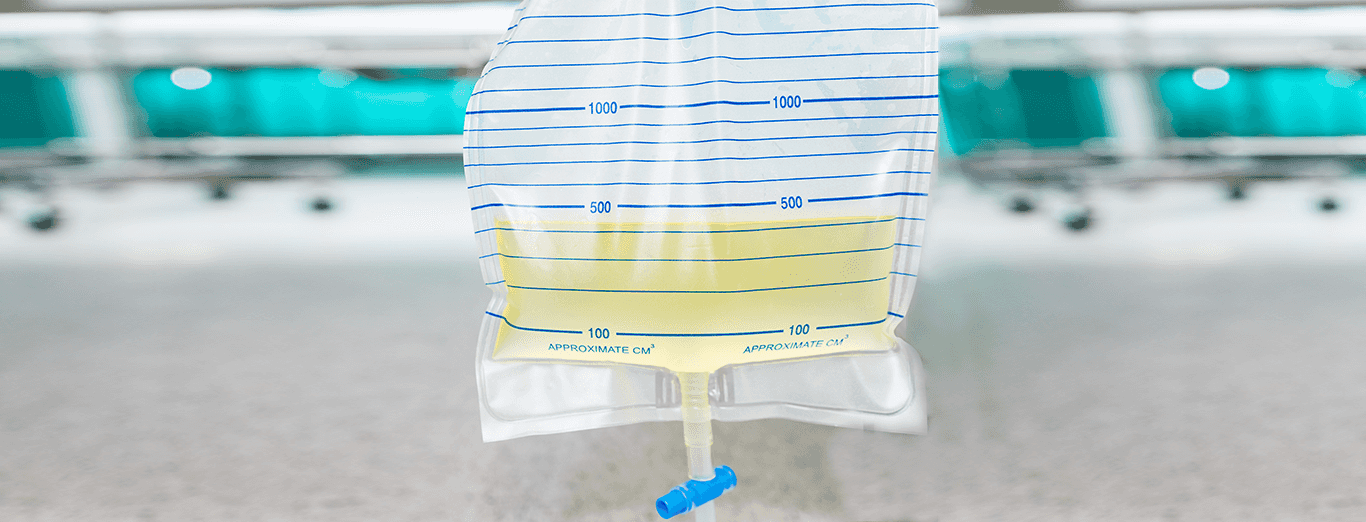
Skilled Nursing, Right at Your Doorstep
Our certified nurses provide professional medical care in the comfort of your home, ensuring you receive hospital-quality treatment without the stress of travel
Comprehensive Care Plans
From post-operative care to chronic condition management, our nursing services are tailored to meet your specific health needs, promoting faster recovery and better outcomes
Trusted Professionals, Compassionate Support
With rigorous training and background checks, our nurses are not only skilled but also empathetic, offering both medical expertise and emotional support
Patient Testimonials
what is urinary catheterization?
Urinary catheterization is a medical procedure that helps to drain your urinary bladder and collect urine with the help of a flexible tube known as catheter. Generally, nurses or doctors insert urinary catheters into your bladder through urethra. Catheter can be made up of either polyurethane, silicone, or latex tube, and it may be permanent or removable one after each catheterisation. The permanent catheter is called indwelling catheter, while the removable one is called intermittent catheter.
6 important urinary catheterisation care tips to follow
check the catheter position:
• A catheter may make your skin suffer from pressure injuries. So, make sure you do not position it beneath your buttocks or leg. Always keep a check on the position of catheter to prevent it from getting trapped. If you are able to get up and move around, then make sure you have a leg bag attached to your leg with the help of a good strap to avoid the risk of tripping hazard. Also, if the person undergoing catheterization is not mobile but makes attempts to get out of the bed at times, strapping up a leg bag to the leg is a good idea to avoid accidents or tripping.
drink adequate fluids:
• You need to drink at least eight to ten glasses of water or 3000 ml of liquid daily to flush your kidneys, urinary bladder, and catheter. Avoid the intake of alcohol and caffeine as it may irritate your bladder.
• Also, drink a half glass of pure cranberry juice daily to avoid the risk of development of hazardous infections while going for catheterisation.
follow good hygienic practices:
• It is important to keep your genital area clean. So, make sure you wash your body’s genital area thoroughly by using mild soap and water and let it dry every day.
• Do not disconnect catheter from your leg bag while bathing, as more the number of times you disconnect the catheter from the bag, the more you are prone to develop a urine infection.
• Examine the areas around your urethra for signs of inflammation, swelling, tenderness, redness, infection, or irritation at the site of insertion.
• Always maintain the position of urinary drainage bag below the bladder’s level. Take care to ensure that the urinary drainage does not pull or drag on the catheter.
eat fibre rich diet:
While going for urinary catheterization, you need to take care to keep the hazards of constipation at bay as it may hamper the catheter drainage. You need to have smooth bowel movements for smooth catheter drainage. So, make sure you eat fibre rich foods that promote smooth bowel movements. Add dried prunes, figs, hemp and chia seeds, whole wheat products, nuts, dates, and flax meal to your diet as these foods are excellent source of fibre.
drain the urine bag carefully:
• Empty your urine bag whenever it is half-fill, at regular intervals, and during bedtime. You need to wash your hands before and after you empty urine from the bag. If you are emptying another patient’s urine bag, you need to wear disposable gloves and wash your hands properly before and after you use the gloves.
• First, unfasten the tube from the urine bag, fasten the clamp, and then open the drainage cap.
• Drain the collected urine in toilet. Then, replace the drainage cap and refasten the collection tube to the drainage bag. Wash your hands again after you refasten the drainage bag.
care after catheter removal:
• If you face trouble urinating after taking out the catheter after your catheterisation, have a sitz bath by sitting in warm water at suitable level. You may get an urge to urinate when having the sitz bath, and you may pass urine smoothly.
• Even though initial burning sensation while urinating is normal, check with your doctor if it lasts longer as it can be due to an infection.
• Make sure you drink plenty of healthy fluids.
• If you suffer from a rash or irritation as a mark of catheter, putting on loose undergarments or pants may alleviate it.
Did you follow any care tips while going for urinary catheterization? Share your helpful tips and experience with other patients undergoing urinary catheterization by leaving a comment below.
Looking for cathetherization at home? Our nurses can help you with urine catheterization care at home; be it catheter insertion, catheter removal or bladder wash. Get in touch with Portea today to avail the best in nursing care
about the author
Manjiri Kochrekar
Manjiri loves to explore various facts, ideas, and aspects of life and pen them down in her own words. Writing is her passion, which means she enjoys writing on a vast variety of subjects, and health care is just one among her several specialty areas. She works closely with the Portea Health care team to churn out informative health content.
Doctor Consultation
Nursing
Physiotherapy
Trained Attendant
Elder Care
Mother & Baby Care
Lab Tests
Medical Equipment
Speciality Pharma
Critical Care




